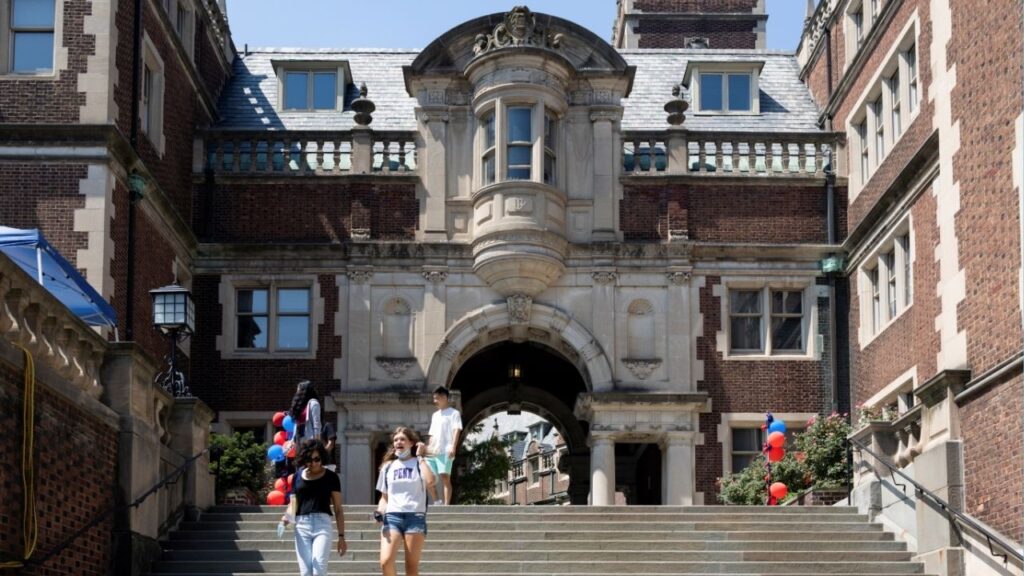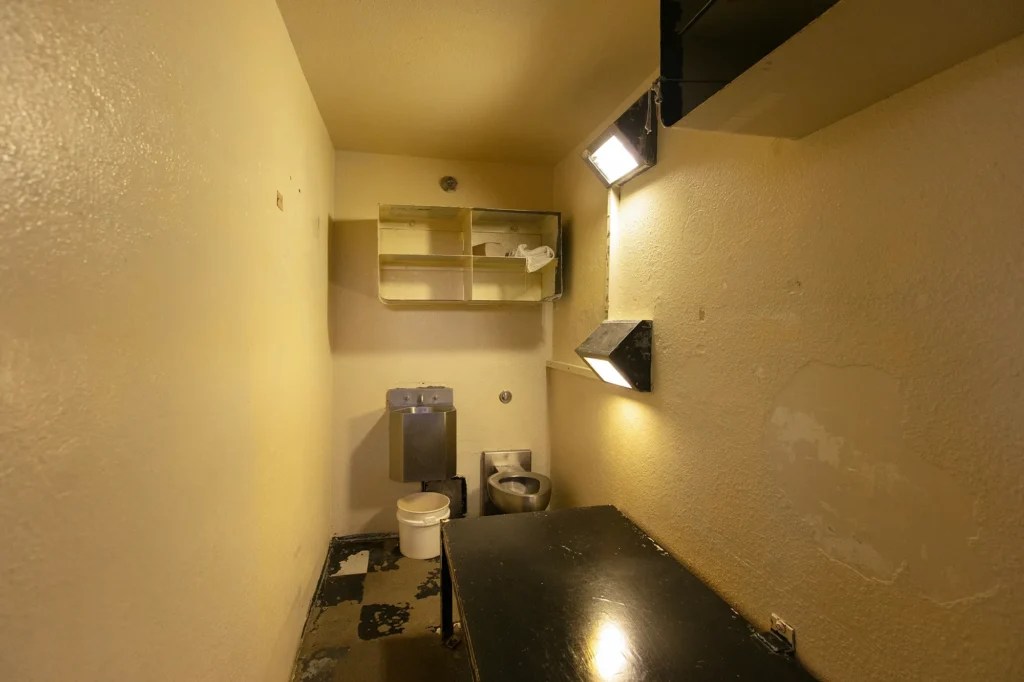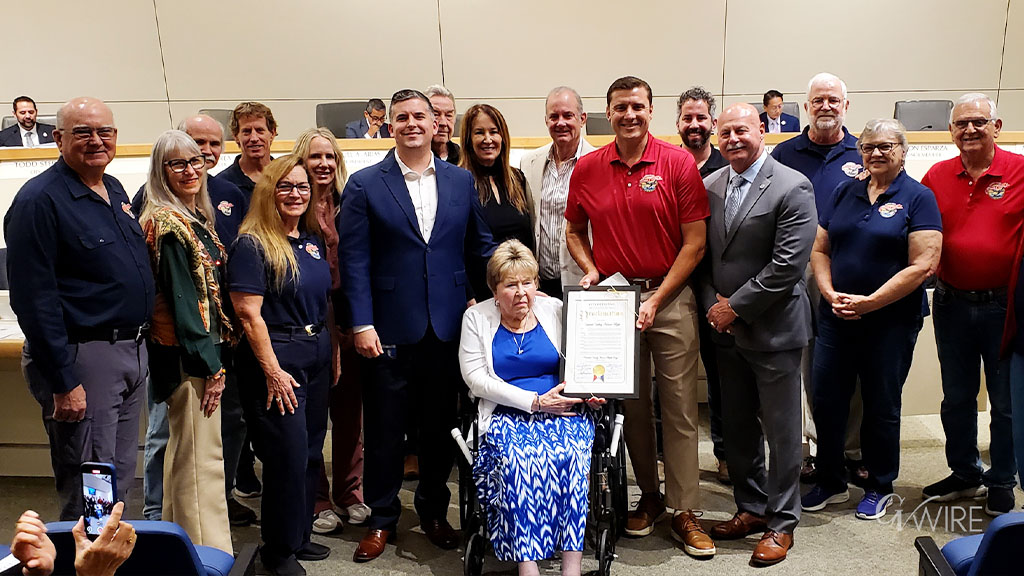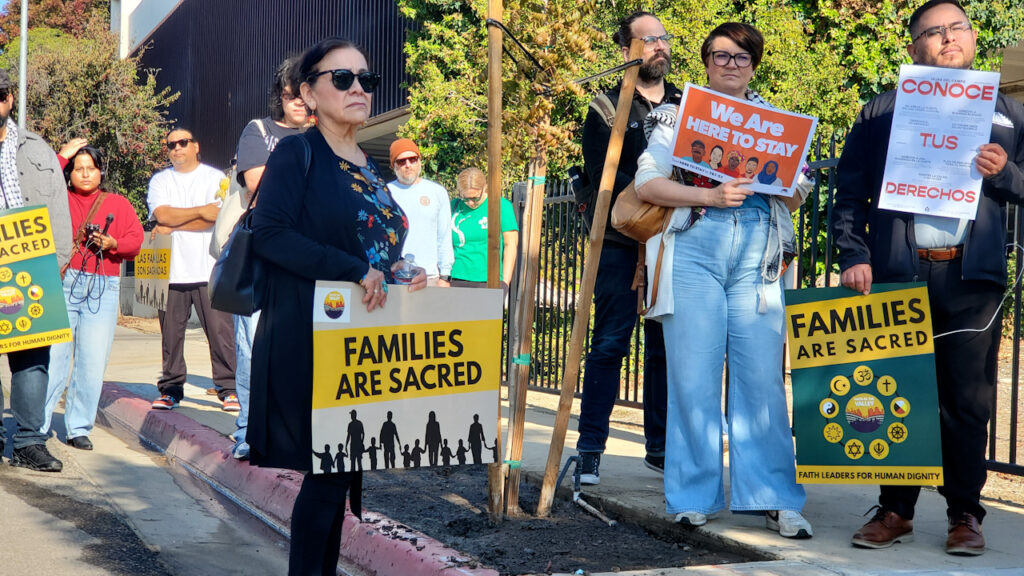California's Supreme Court is weighing whether state regulators legally slashed compensation rates for rooftop solar customers, a decision that could determine the future of renewable energy adoption. (AP/Rich Pedroncelli)

- Environmental groups argue the utilities commission failed to consider all benefits when slashing solar compensation rates by 75%.
- The policy change has resulted in an 82% drop in new solar connection requests and up to 45% fewer installations since April 2023.
- A new bill in the California Assembly threatens to further reduce compensation by changing terms for homes with existing solar installations.
Share
This story was originally published by CalMatters. Sign up for their newsletters.
The California Supreme Court heard arguments today in a case that could be pivotal to the spread of rooftop solar panels in California.
Environmental and consumer advocacy groups are seeking to reverse a 2022 decision by state regulators to slash by around 75% the rates paid to compensate customers with solar installations for the excess energy they generate. The move, intended to shield non-solar customers from unfair cost burdens, sent solar hookups plummeting.
Three environmental groups bringing the case — the Center for Biological Diversity, The Protect our Communities Foundation, and the Environmental Working Group — argue that the California Public Utilities Commission didn’t properly consider benefits to customers and disadvantaged communities when it changed the program. The commission argued the policy strikes a balance between affordability for all customers and encouraging renewable energy choices.
The court’s decision is expected within about a month.
Debate Over Solar Compensation Program
At the hearing, a representative of the three groups, Malinda Dickenson, said the commission “excludes reliability and resiliency benefits” in its decision, including “millions of customer generation facilities providing power on hot summer days and preventing blackouts.”
The compensation program, known as “net energy metering,” was meant to incentivize renewable energy in the state by offsetting the significant cost to install solar panels onto the roofs of homes. Under the program, solar customers served by the state’s three large investor-owned utilities — Pacific Gas & Electric, Southern California Edison, and San Diego Gas & Electric — sell back energy they do not use, saving the utility from having to purchase that power elsewhere.
At issue is how much these customers are paid for this excess energy. Prior versions of the program – “NEM 1.0” and “NEM 2.0” – allowed customers to receive the retail rate for the excess energy, which is the price the electric companies charge other customers when they go on to sell it. The current program, “NEM 3.0,” instead gives customers the “avoided cost,” which is how much the utility saved by not buying that energy somewhere else.
The program was changed after utilities argued to regulators that it created a “cost shift,” causing customers without solar to pay an unfair share of maintenance costs for the electrical system. The utility commission’s decision to change the program currently only applies to customers who installed solar panels after mid-April 2023; customers who were connected under the two prior iterations will continue to receive the retail rate for the length of their 20-year contract.
Impact on Solar Industry
The change caused an uproar from the rooftop solar industry, ratepayers, and renewable energy groups. The groups bringing the lawsuit initially asked the utility commission to rehear the issue and were denied. A state appeals court then sided with the utilities commission, before the groups brought the case to the high court.
During court arguments, the environmental groups played down the concept of shifting costs, calling it a “red herring.”
But the utility commission argued that the cost shift is real. And while the state statute enabling the net metering program requires a cost-benefit analysis, a specific methodology to do so isn’t laid out.
State data showed 82% fewer solar customers requesting connections in 2023 than the year prior.
“The commission made a factual finding in its proceedings that the former [net metering] system was unsustainable because of the burden that it was placing on customers without solar,” said attorney Mica Moore, who represented the utilities commission. “It’s hard to see what the commission could have done to address that issue if it had been required to compensate homeowners for every quantifiable benefit for solar.”
The current program has had a meaningful effect on the state’s rooftop solar sector. Industry groups anticipated about 17,000 job losses the first year. State data showed 82% fewer solar customers requesting connections in 2023 than the year prior. And recent industry reports show new rooftop solar installations have gone down by as much as 45% since April 2023.
Future of Solar Policy in California
The decline in solar panel installations may make it harder for the state to achieve its mandated goal of using 100% carbon-free energy by 2045; solar is expected to account for more than half of that.
In the background is another potential sea change for the program. The California Assembly this week passed a bill seeking to change existing contracts for solar customers in a way that would reduce the number of customers receiving old, higher rates for their surplus solar power. Under the current program, when customers install solar panels and participate in net metering, they are guaranteed the rate they sign up under (the so-called “avoided cost rate”) for about 20 years. Should the solar user sell their home, the new owner would continue to receive the rate the previous homeowner signed up for.
If passed in its current form, the bill would stop this, preventing anyone who buys a home that’s already part of the net metering program from keeping an older rate. This is meant to help control costs, according to the text of the bill, but advocates say the move will harm ratepayers.
“If lawmakers are serious about controlling energy costs, they should address the real problem: runaway utility spending,” Brad Heavner, executive director of the California Solar & Storage Association, said in a statement. “Instead they seem more interested in protecting utility profits and blaming solar users.”
This article was originally published on CalMatters and was republished under the Creative Commons Attribution-NonCommercial-NoDerivatives license.





















